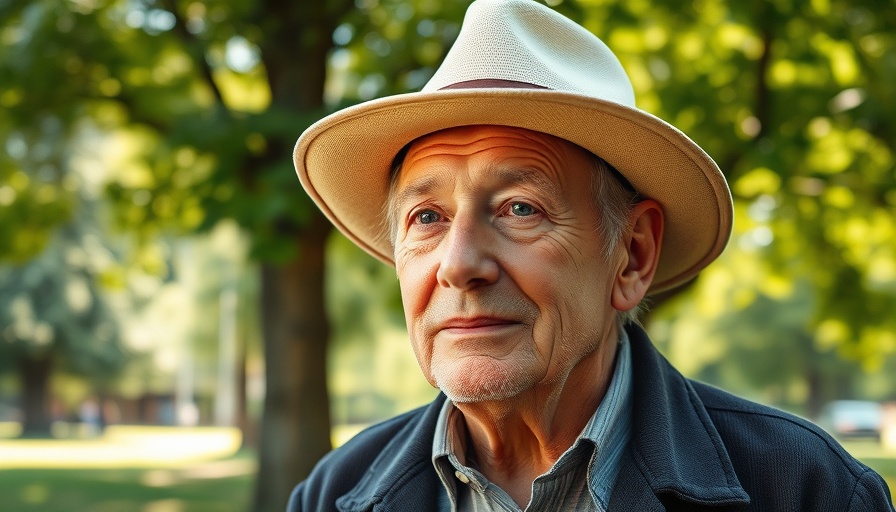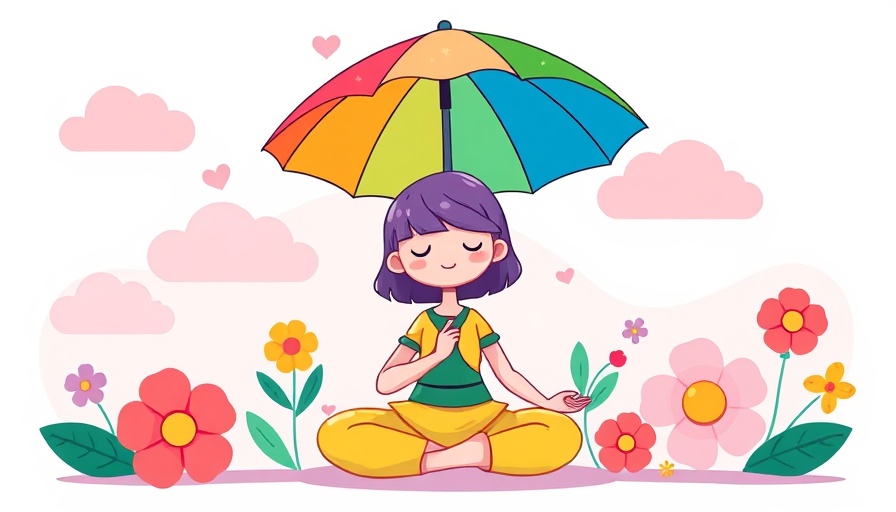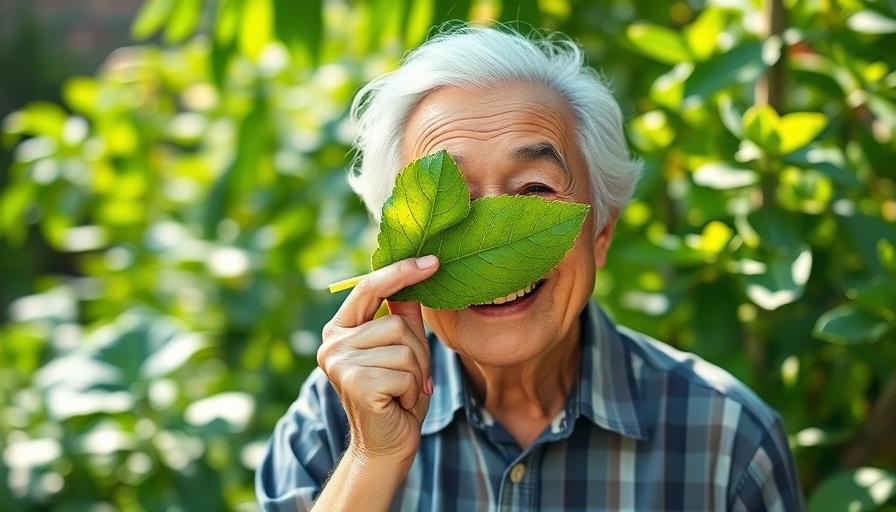
A Legacy of Compassion and Healing: Remembering Larry Ward
On August 19, the world lost a luminous beacon of wisdom and compassion when Dr. Larry Ward, a revered teacher in the Plum Village tradition, passed away at his home in Rhode Island. His departure has left a profound void among the countless lives he touched with his teachings and boundless love.
The Heart of His Teaching: Impermanence and Oneness
Dr. Ward was known for his passionate belief in the importance of recognizing our shared human experience. He often began each day with deep contemplation on impermanence and oneness, concepts central to Buddhist philosophy that serve as a reminder that life is fleeting yet interconnected. His morning practice of the Five Remembrances was not just a ritual, but an invitation for all to embrace the moment and connect with the greater whole.
His teachings transcended religious boundaries, drawing wisdom from various spiritual traditions, including Christianity and Buddhism. Dr. Ward’s voice, described as a 'lion’s roar,' became particularly poignant as people navigated the intense challenges present in today's world. His approach was both rebellious and accessible, making profound spiritual ideas understandable even for those outside traditional practices.
From Trauma to Transformation: A Journey of Service
Driven by the deeply painful legacy of social injustice, Dr. Ward dedicated his life to non-violent social change. Inspired by the assassination of Dr. Martin Luther King, Jr. in 1968, he devoted his energies to healing trauma at both individual and societal levels. His work took him to over 20 countries, deeply engaging in community renewal projects and organizational transformations.
During his tenure at the Ecumenical Institute in India, he encountered a monk who opened his heart to the true depth of meditation and mindfulness. This pivotal meeting sparked a lifelong commitment to these practices, which would later support his work in promoting peace and understanding around the globe.
Shared Insights and Wisdom: The Collaborative Spirit
In collaboration with his wife, Dr. Peggy Rowe Ward, he authored "Love’s Garden: A Guide To Mindful Relationships," sharing insights on cultivating love and mindfulness in everyday interactions. Their work exemplified the idea that understanding and compassion must extend beyond the self, embracing the interconnectedness of all individuals.
Honoring a Life Well-Lived: Gathering in Memory
As friends and admirers reflect on Larry’s joyful spirit and infectious laughter, plans are underway to gather in his honor. With music, poetry, stories, and laughter—elements that filled his life—these gatherings will create space for collective remembrance and gratitude. They will serve not just as a tribute to Larry but also reinforce a community forged in love and wisdom.
In times of loss, we find ourselves leaning into love’s embrace. As Larry often encouraged, engaging with nature and the simple joys in life can be a profound source of solace. Amidst our grieving, let us remember his teachings and strive to make the world a little brighter through our actions and intentions.
As we take a moment to honor a great teacher and friend, let's hold Dr. Ward and his family in our hearts, continuing his legacy of compassion, mindfulness, and healing.
 Add Row
Add Row  Add
Add 




Write A Comment